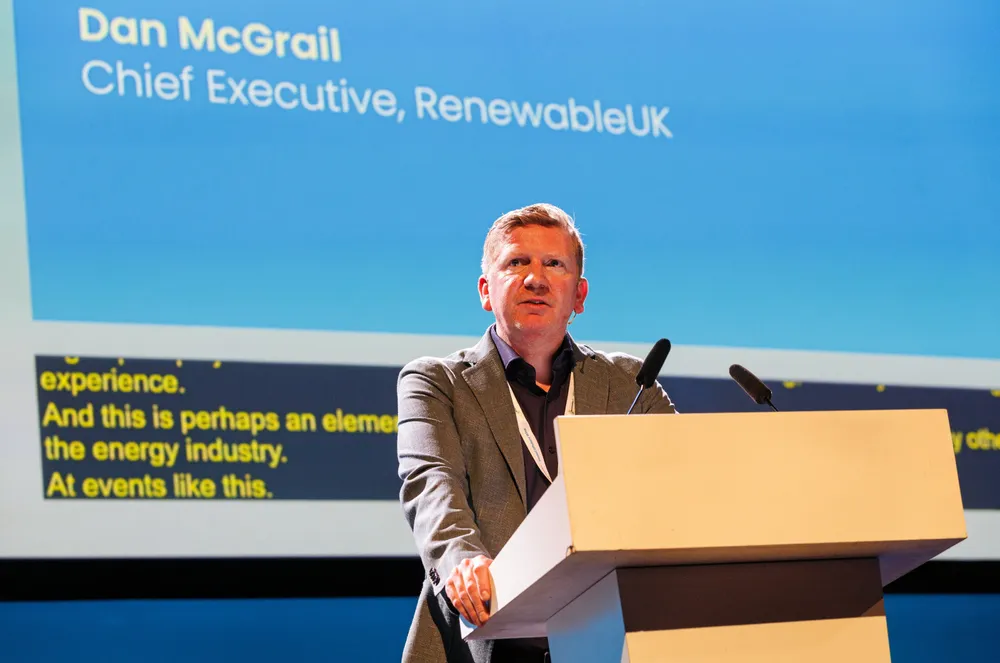‘Five simple steps’ that could revitalise UK renewable energy auctions
Longer CfD term among measures suggested by industry body RenewableUK after latest procurement round

After the mixed results of Britain's recent renewable energy auction, industry body RenewableUK has set out five changes it believes could transform future rounds and achieve a “revolutionary step-change” in the speed of deployment.
The UK government’s Contracts for Difference (CfD) scheme has helped propel the country into a global leader in offshore wind, with around 15GW of online projects putting it behind only China in terms of deployed capacity.
In a report published today, the industry body outlined “five simple, evolutionary reforms” to the process that it said could “achieve a revolutionary step-change in the country’s renewable energy deployment.”
The reference price and load factor assumptions are RenewableUK said “unrealistic” and are “acting as a major barrier to deployment by significantly overestimating the cost of renewable energy.”
The government should also “provide long-term certainty to developers and supply chain” by setting target capacity in gigawatts for each auction pot, said RenewableUK. Clear deployment targets for 2035 and beyond would act as a “North Star” for auctions.
The duration of CfD contracts should also be extended from the current 15 years to 20 or more to reflect the longer lifecycle of projects, it said. This would it said provide further long-term certainty that could lead to reductions in the strike price agreed for power.
The government should also provide “delivery year flexibility within the CfD allocation framework, to help lower risks and strike price impacts,” said RenewableUK.
This would help “mitigate the impacts of delayed grid build-out, supply chain constraints and construction risk.”
Finally, RenewableUK said the government should consider several reforms in the ongoing AR7 consultation. This included scrapping the current cap of 1.5GW for phased fixed-bottom offshore wind projects; allowing repowering projects to enter future rounds; and taking a “hybrid approach” to the metering used to calculate CfD payments.
“The reforms set out in this new report outline practical steps to provide long-term assurance to developers and the supply chain, whilst building on returning investor confidence following this year’s encouraging auction results,” said RenewableUK CEO Dan McGrail.
“Several of the proposals can be implemented without major legislative reform in time for the next auction round in 2025, reducing costs whilst ensuring we procure increasing levels of new renewable energy as we look towards 2030 and beyond on our journey to becoming a clean energy superpower.”
(Copyright)